
OR
Provincial responsibilities
Published On: July 22, 2019 01:30 AM NPT By: Republica | @RepublicaNepal
Role of provinces in disaster risk reduction
By far the most affected provinces by recent floods and inundation have been Province 2 and others covering Tarai plains. But the provincial governments there have not been able to do much for relief and rescue operations, let alone taking measures for effective preparedness and disaster response. This should not have been the case after two years of federal exercise—whereby the provincial governments have been given wide range of powers, including on disaster response and disaster risk reduction, by the constitution. Given that all three tiers of the government are functioning, provincial and local governments should have been able to respond to disasters without having to look up to the federal government for resources. But as things stand, these sub-national governments have to depend on the federal government for vital resources to address post-disaster challenges. This has been starkly seen in provinces where people are struggling to come to terms with deaths and destruction.
And one of the main reasons for this situation has been identified as lack of resources. Resource constraints and lack of planning have affected rescue, relief and rehabilitation in the provinces. Floods, landslides and inundation have killed more than 80 people and displaced tens of thousands of households across the country this year. But provincial governments appear ill-prepared to tackle them, let alone minimize the risks. As a result, these governments have been criticized by the affected people for doing little or nothing to alleviate their sufferings. Few efforts made have proved to be too little and too late. Government of Province 1, for example, started rescue works several hours after the flood swept various villages. The government announced Rs 200,000 to each family who lost their loved ones and up to Rs 50,000 to each injured. But many affected families are still living in makeshift shelters without food and clean water due to delay in relief distribution. Relief distribution has not been as prompt in Province 2 either. Province 3 is still collecting data of the affected families. Gandaki and Karnali provinces are largely unaffected but even they lack preparation to tackle possible disasters.
While the provincial governments must assume responsibility for disaster response, they also need to be empowered by the center, so that they do not have to look up to federal government for vital disaster management tasks. If funds are the issue, the federal government needs to allocate adequate funds. If inaction is the issue, there should be greater pressure on the provincial governments to make them quickly respond to disasters. It is true that provinces lack human resources and even effective flood alert systems. Such systems need to be installed wherever they are needed and the federal government must facilitate the process by all means. On their part, provincial governments should take up the responsibility to address preparedness issue so that people’s lives can be saved. As things stand, they have not made much investment on disaster risk reduction. Not a single province has modernized the early warning system and strengthened the institutional setup. The laws require all three tiers of the government to bring plans and policies on disaster management and risk reduction. But many provinces are yet to do so. This must not be the case anymore. When it comes to disaster, we all need to rise to prevent it as far as possible and to minimize the loss and destruction. Provincial governments are no exceptions.
You May Like This
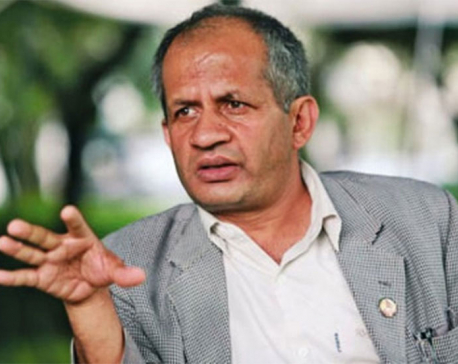
Flood and inundation issues will be discussed during Joint Commission meeting with India: FM Gyawali
KATHMANDU, July 27: Amid calls from lawmakers to raise the issue of floods and inundation in the Tarai diplomatically with... Read More...
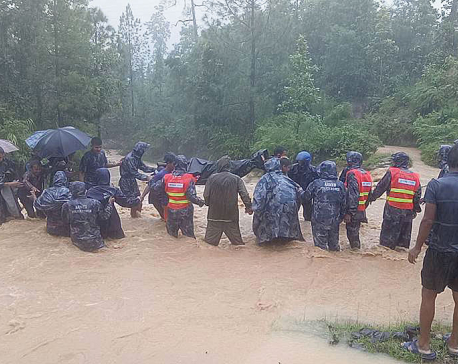
Rs 73 billion needed for tarai floods recovery
KATHMANDU, Nov 13: The government needs to spend Rs 73 billion for reconstruction and restoration of livelihoods in areas of central... Read More...

NRB says tarai floods may affect growth outlook
KATHMANDU, August 22: The recent incessant monsoon rains, which triggered massive floods in tarai and landslides in other parts of the... Read More...






Just In
- Nepal Investment Summit: Two organizations sign MoU for PPP cooperation
- Sita Air flight to Ramechhap returns to Kathmandu due to hydraulics issue
- Man found dead in Dhanusha
- Gold prices decreases by Rs 400 per tola
- Ilam-2 by-election: UML candidate Nembang secures over 11,000 votes
- High-voltage power supply causes damage to 60 houses
- Bajhang-1 by election: UML leads again
- Lumbini and Koshi likely to experience stormy conditions







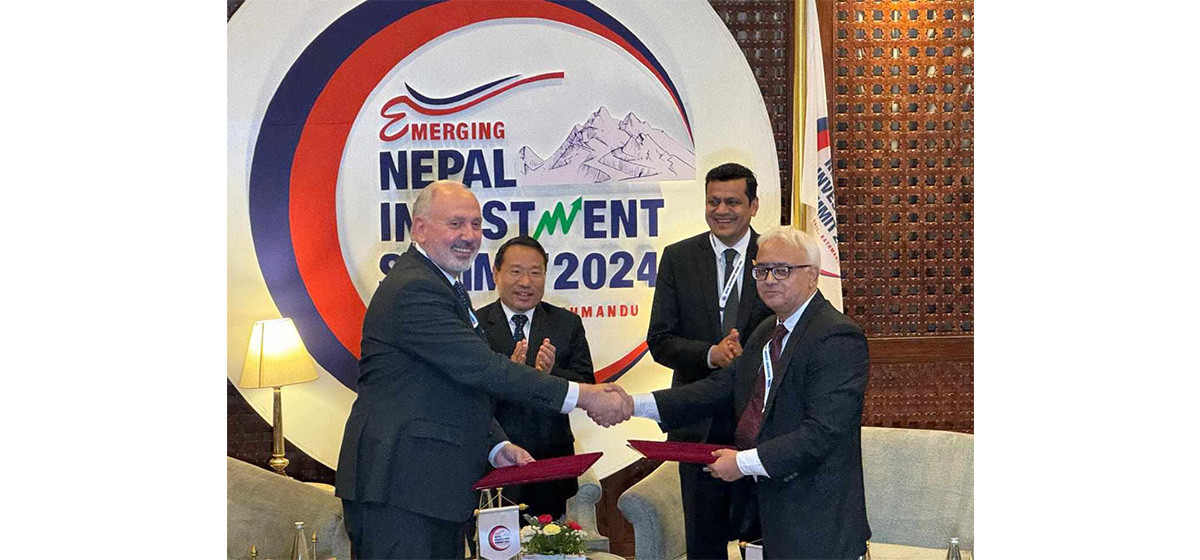
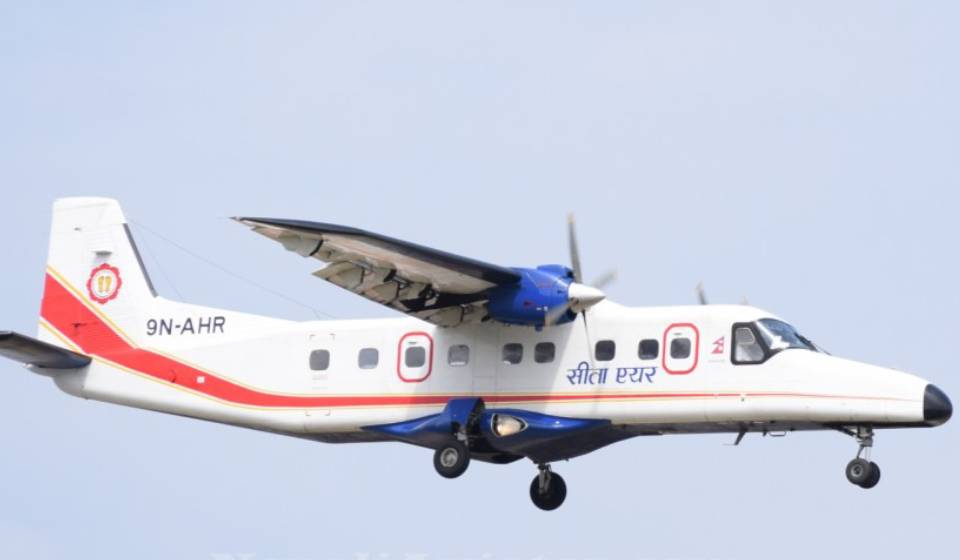
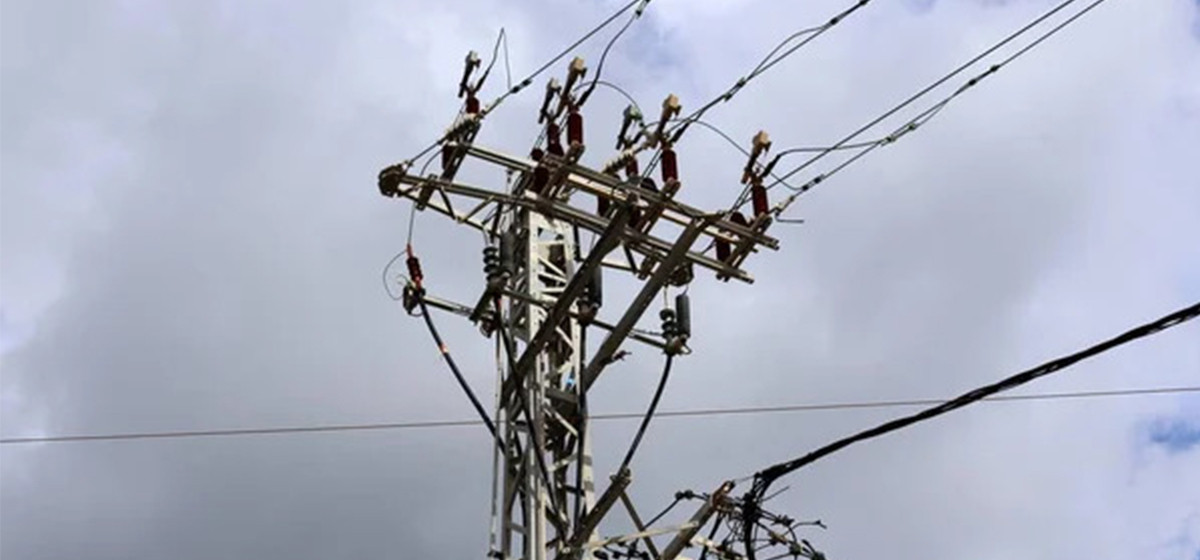

Leave A Comment